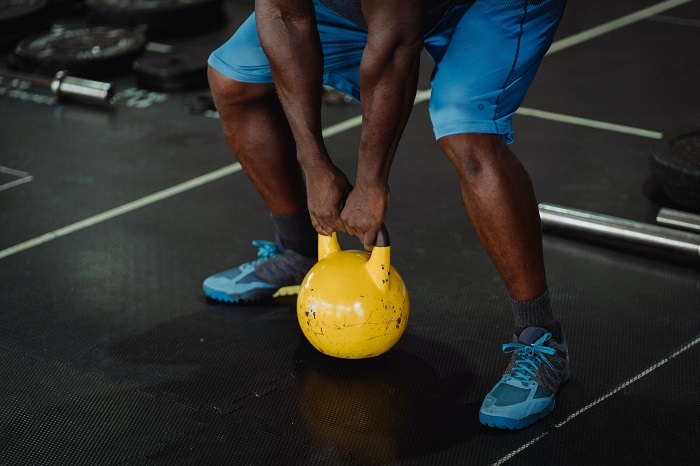Training shoes can be used for running, but they may not provide the same level of support and cushion as running shoes. Training shoes are designed for a variety of activities, such as weightlifting, circuit training, and cross-training, and typically have a wider, flatter sole and a lower heel-to-toe drop than running shoes.
Running shoes, on the other hand, are designed specifically for running, and have a narrower, more curved sole and a higher heel-to-toe drop. While training shoes can be used for running, they may not provide the same level of support and cushioning as running shoes, and may not be suitable for long distances or high-impact running. It is always recommended to consult with a healthcare professional or a shoe expert to determine the best type of shoes for your feet and running needs.
Differences Between Training Shoes And Running Shoes
Training shoes and running shoes are similar, but they are designed for different purposes and have some key differences. Training shoes are designed for a variety of activities, such as weightlifting, circuit training, and cross-training, and typically have a wider, flatter sole and a lower heel-to-toe drop than running shoes. Running shoes, on the other hand, are designed specifically for running, and have a narrower, more curved sole and a higher heel-to-toe drop. Here are some key differences between training shoes and running shoes:
- Purpose: Training shoes are designed for a variety of activities while running shoes are designed specifically for running.
- Sole design: Training shoes have a wider, flatter sole, while running shoes have a narrower, more curved sole.
- Heel-to-toe drop: Training shoes have a lower heel-to-toe drop, while running shoes have a higher heel-to-toe drop.
- Cushioning: Training shoes typically have less cushioning than running shoes, as they are designed for activities that do not involve as much impact on the feet and ankles.
- Support: Training shoes typically provide more support for the feet and ankles than running shoes, as they are designed for activities that involve a wider range of movements.
Things to consider when choosing between training shoes and running shoes:
The best shoes for you will depend on a variety of factors, including the type of activity you will be doing, your foot type, and your personal preferences. Here are a few things to consider when choosing between training shoes and running shoes:
Activity: If you will be doing a variety of activities, such as weightlifting, circuit training, or cross-training, training shoes may be the best choice for you. Training shoes are designed for a wide range of activities and provide support and cushioning for the feet and ankles. If you are doing mainly running, running shoes may be the best choice for you. Running shoes are specifically designed for running and provide the support and cushioning needed for this activity.
Foot type: If you have a neutral foot type, you may benefit from a neutral shoe, whether it is a training shoe or a running shoe. Neutral shoes provide support and cushioning without overcorrecting for any foot motion. If you have a foot that rolls inward (pronates) or outward (supinates) excessively, you may benefit from a stability or motion control shoe, which can help correct for this motion.
Personal preferences: The best shoes for you will also depend on your personal preferences, such as the fit and feel of the shoe, the style and color, and the price. It’s important to choose a shoe that feels comfortable and supportive, and that you enjoy wearing.
What Happens When You Run Using The Wrong Shoes?
Running using the wrong shoes can cause a variety of problems, including foot, ankle, and knee pain, as well as an increased risk of injuries. Here are a few potential consequences of running using the wrong shoes:
Lack of support and cushioning: Running shoes are specifically designed to provide support and cushioning for the feet and ankles, which helps reduce the impact of running on your joints and muscles. Using the wrong shoes, such as shoes that are too old or worn out, or shoes that are not designed for running, can lead to a lack of support and cushioning, which can cause foot, ankle, and knee pain.
Poor fit and discomfort: Using the wrong shoes, such as shoes that are too tight or too loose, can lead to discomfort and pain while running. Poor-fitting shoes can cause blisters, rubbing, and irritation, which can make running uncomfortable and even painful.
Increased risk of injuries: Running using the wrong shoes can increase your risk of injuries, such as sprains, strains, and stress fractures. Using shoes that are not designed for running, or shoes that do not provide the support and cushioning your feet need, can lead to an increased risk of injuries.
Overall, running using the wrong shoes can cause foot, ankle, and knee pain, as well as an increased risk of injuries. It is important to choose the right shoes for your feet and running needs to help reduce the risk of these problems.

